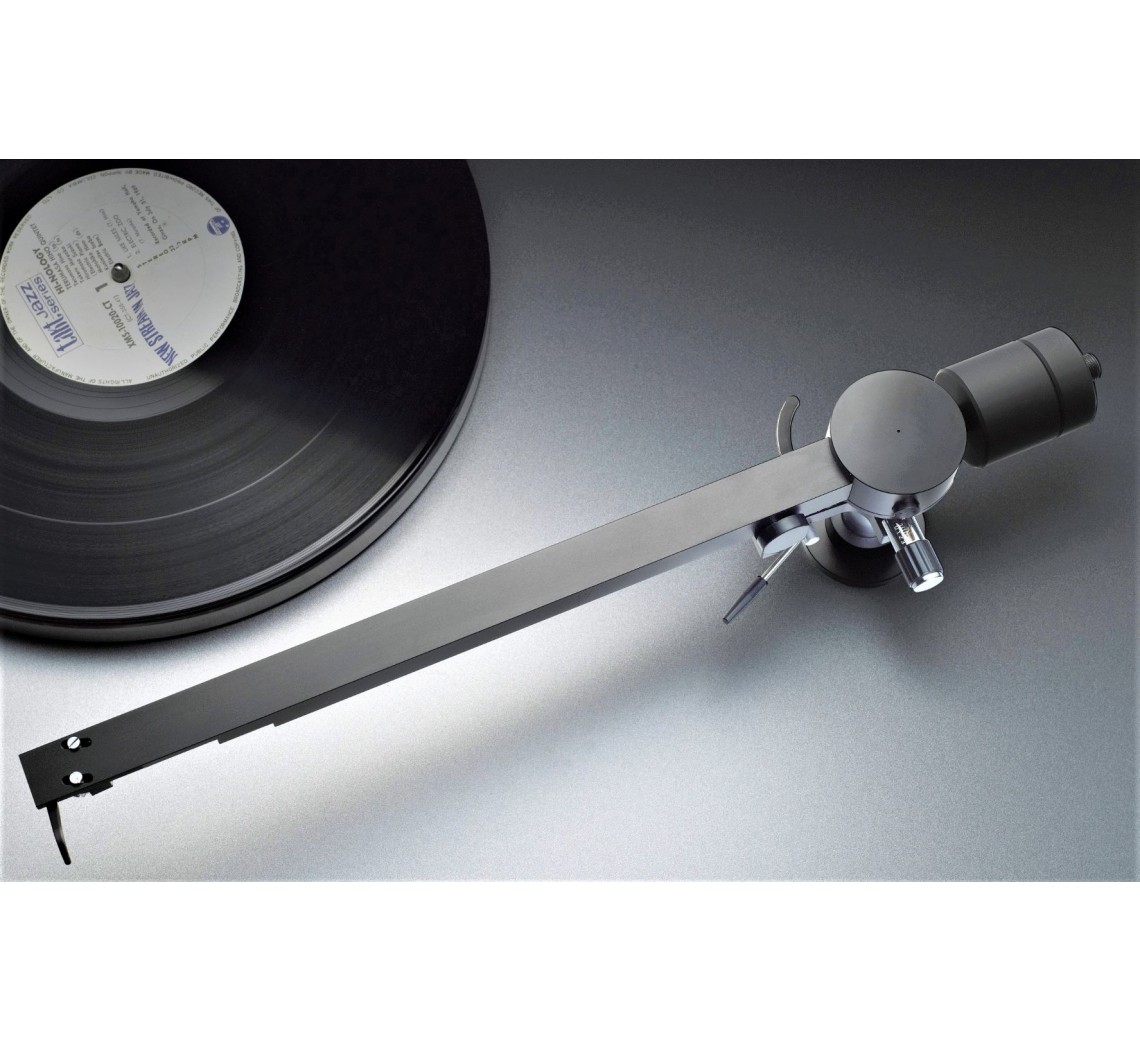SteveG
pfm Member
That string finger lift would definitely 100% stop me from considering that arm. No matter how strong a case is made for how well it works it looks terrible and I doubt it'd get better looking over time. I'm also entirely happy with how the traditional finger lifts work on every other arm I've used (and they work absolutely fine) so changing that is a solution without a problem IMHO.




